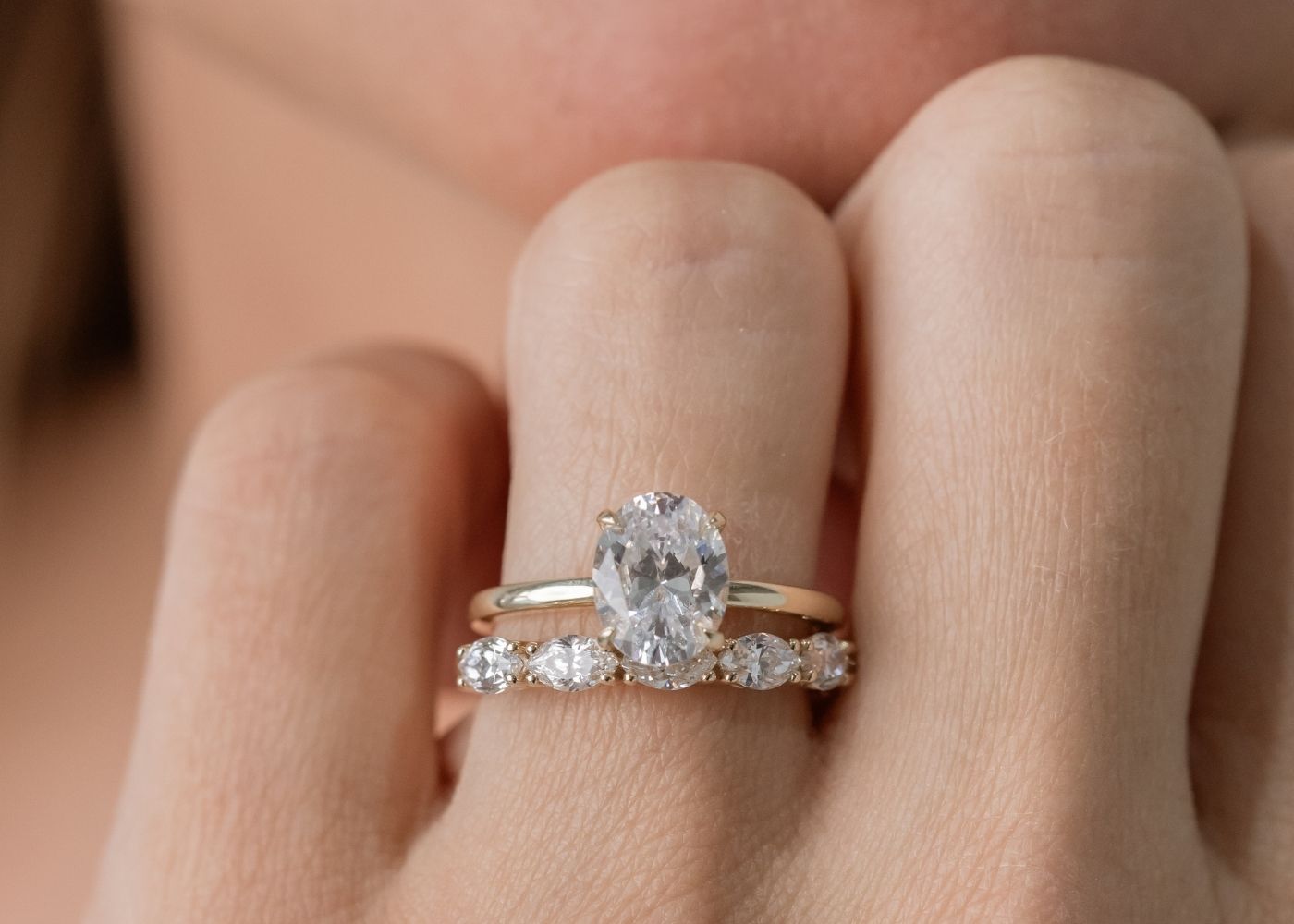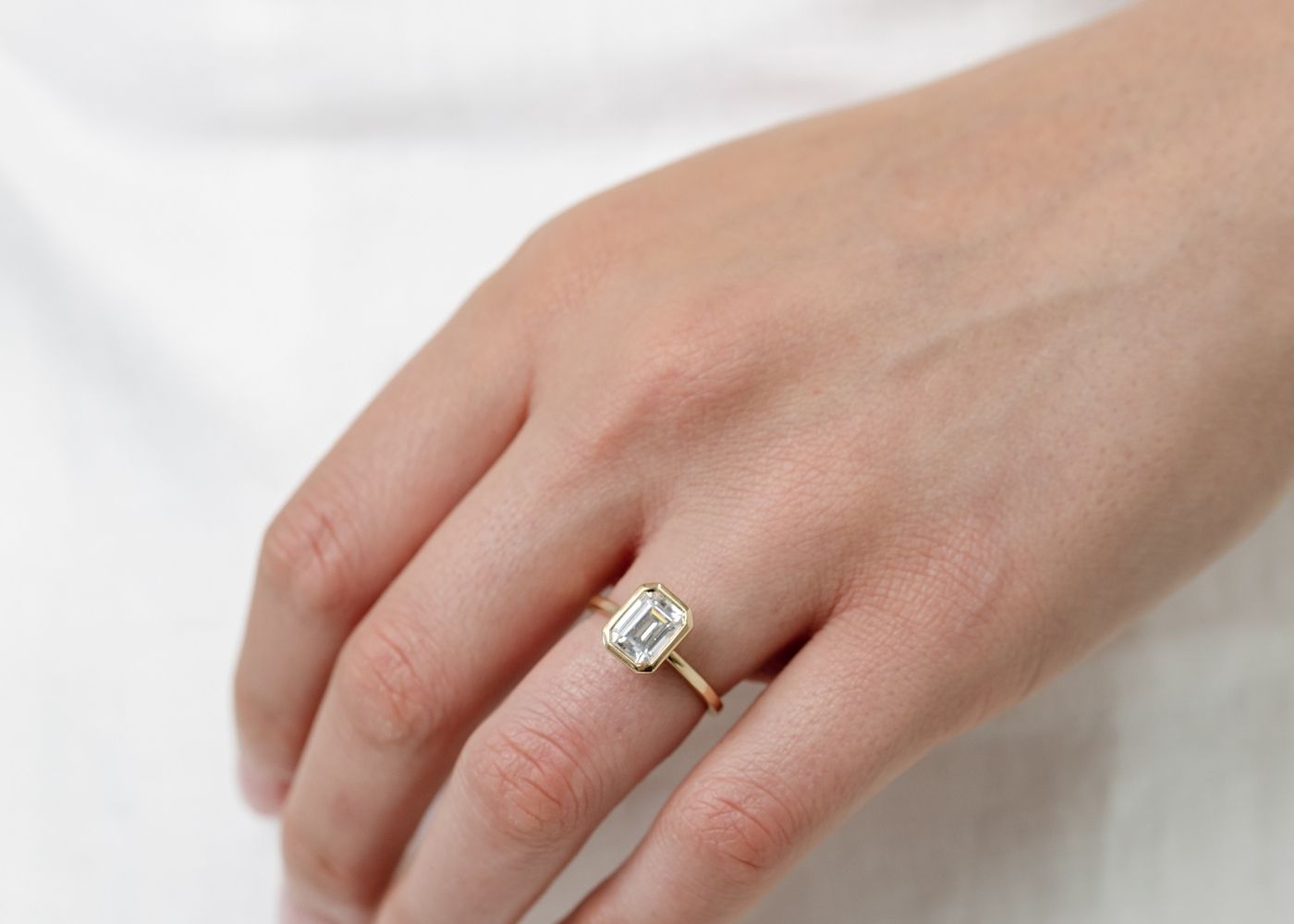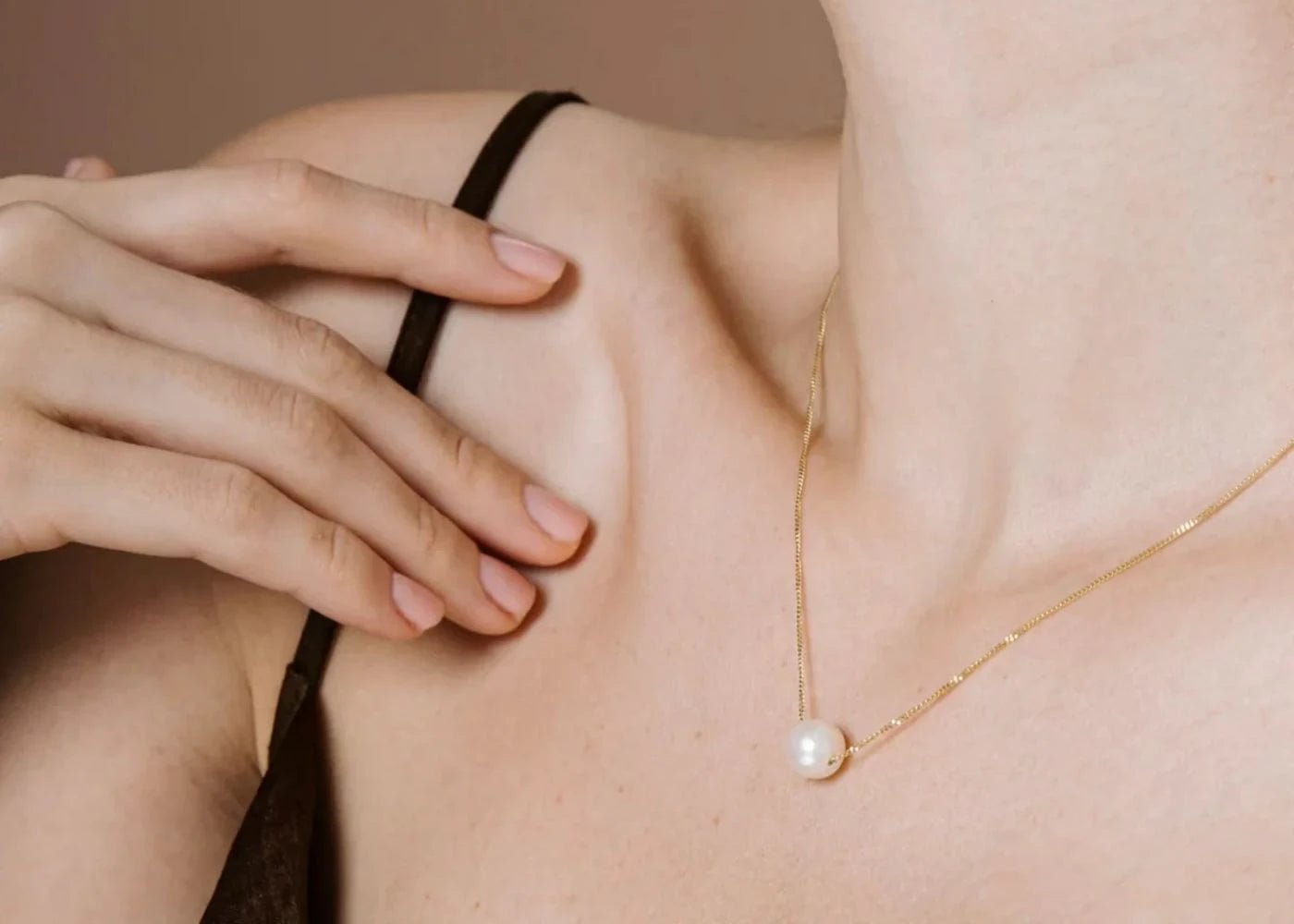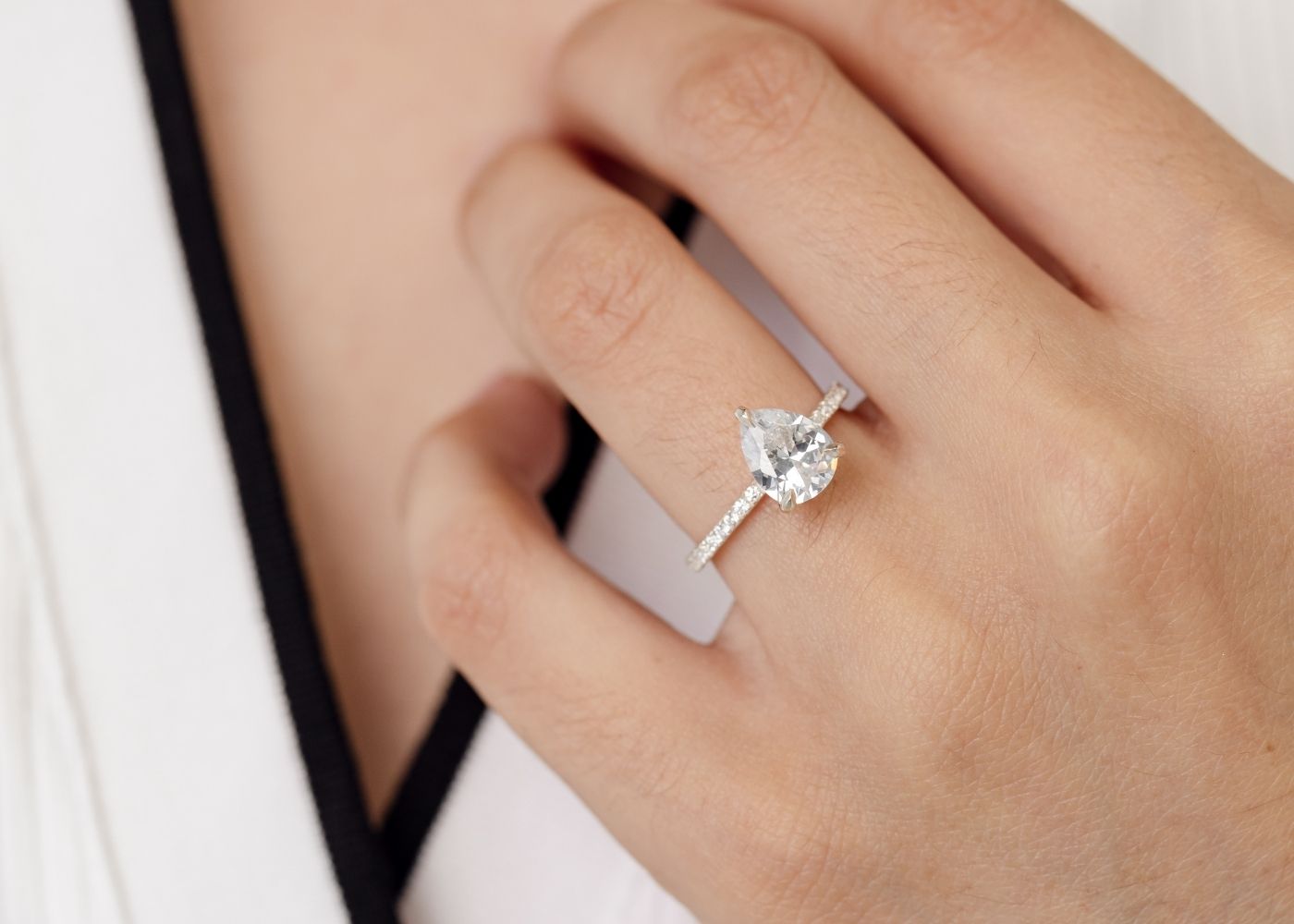Earlobe
Earlobe Development and Genetics
- The earlobe is derived from mesenchymal cells in the nearby regions of the torso.
- The dermis of the earlobe is derived from cells of mesenchymal cells.
- The earlobe develops in the vicinity of the auricular follicle.
- The development of the earlobe is induced by cascade induction.
- The auricular follicle induces the production of the auditory bulla.
- Earlobes exhibit a continuous range from free to attached appearance.
- Multiple genes influence the appearance of earlobes.
- Recessive gene frequency for attached earlobes varies among different populations.
- The frequency of recessive genes for attached earlobes is highest in certain populations, such as Babinga and Afroamericans.
- Clint Eastwood has an extreme form of attached earlobe.
Clinical Issues
- Earlobe creases can be associated with genetic disorders, such as Beckwith-Wiedemann syndrome.
- Some studies suggest a link between earlobe creases and an increased risk of heart attack, but age may be a more significant factor.
- Earlobe creases are also known as Franks Sign.
Society and Culture
- Earlobe piercing is a common practice in many cultures.
- Heavy earrings can cause injury to the earlobe due to their weight.
- Some cultures practice earlobe stretching for decorative purposes.
- Stretched earlobe piercing is common in Ethiopia.
- Earlobe piercing is the most common type of body piercing.
Negative Effects of Wearing Earrings
- Wearing earrings can lead to complications such as inflammation and keloids.
- Loss of tissue and tearing can occur due to wearing earrings.
- Polish scientists have found a link between earlobe piercing in young girls and allergic skin reactions.
- Allergies caused by earrings are primarily due to the presence of nickel in the alloys used in jewelry production.
- The immune system can react to nickel ions in various sources, including metal parts of wardrobe and certain foods.
Subtopics
- Earlobe Types: Observation on earlobe types conducted by Lai and Walsh in 1966, categorized and analyzed earlobe types, may have a genetic basis.
- Earlobe Attachment: Studied among different populations, found to vary among different populations.
- Racial Studies: Racial differences observed in earlobe attachment, may influence earlobe attachment.
- Earlobe Creases: May have implications for health, associated with increased risk of certain health conditions, may have genetic and environmental factors.
- Earlobe Injuries: Procedures and techniques for repairing torn earlobes, common causes of earlobe injuries, importance of seeking medical attention for earlobe injuries, prevention tips for avoiding earlobe injuries.
Earlobe Data Sources
| Reference | URL |
|---|---|
| Glossary | https://harryandcojewellery.com.au/blogs/glossary/earlobe |
| Wikipedia | http://en.wikipedia.org/wiki/Earlobe |
| Wikidata | https://www.wikidata.org/wiki/Q1778517 |
| Knowledge Graph | https://www.google.com/search?kgmid=/m/013f6z9r |





